Let There Be Light
A blanket of bright light makes any workshop a nicer place to be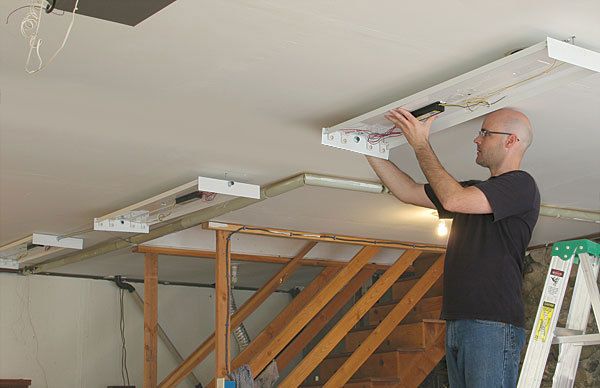
Update your shop lighting and it’s almost a guarantee that woodworking will become easier. Because light fixtures are seldom at the top of tool and equipment wish lists, most home shops are illuminated with a collection of mismatched, outdated fixtures, with little thought given to their overall placement and how they’re switched. To improve your shop lighting, Nancy McCoy and Peter Judge suggest starting over with new wiring and fixtures, boosting the ambient lighting substantially with the right fluorescent bulbs, placed correctly, and using task lighting for areas where you need a boost.
From Fine Woodworking #209
Have you ever had to squint to see a scribe line or line up a pencil mark? Maybe a recent finish looked great in the shop, but once you brought it into the house you found sanding scratches. Your problem might be inadequate shop lighting. Light fixtures are seldom at the top of tool and equipment wish lists, so most home shops are illuminated with a collection of mismatched, outdated fixtures, with little thought given to their overall placement and how they’re switched.
As a result, improving your shop lighting will likely mean starting over with new wiring and fixtures. Many woodworkers will think they can handle this job, but it’s probably better to hire an electrician who’ll let you do some of the work yourself.
An electrician looking at the job can confirm that your electrical panel isn’t overtaxed and that there are no other pressing electrical problems. Then you can save some money by mounting the fixtures and running the conduit yourself. Later, the electrician can check your work, run the wires, and make the connections inside the panel. Some electricians are fine with this type of arrangement. Others will want to do everything themselves, so make sure you work out the division of labor in advance.
We used Fine Woodworking associate editor Matt Kenney’s shop to demonstrate the techniques discussed in this article. Like most woodworkers, Matt thought his shop lighting was just fine. But when the upgrade was finished, he was amazed: “I don’t have to get my eyes right up to the work to see what I’m doing anymore. More light just makes everything easier.” The lighting upgrade also allowed Matt to start using the entire shop instead of the single well-lit area near his bench. Matt and local electrician Steve Foss worked together on the installation, with Matt installing the fixtures and Steve doing the wiring.
Two types of lighting
Any discussion of artificial light starts with the distinction between ambient and task lighting—you’ll want both types for a well-lit shop. Ambient lighting describes general lighting for common cutting and shaping tasks. Task lighting describes a higher level of illumination focused right on the work. However, it’s important to remember that once you have an even blanket of bright light, task lighting is reserved for filling in the dark areas.
Don’t skimp—It might be tempting to save money on lighting by arranging the ambient overhead lights so that they’re strategically placed over benches and machines. But we recommend against this approach because the lights will be in the wrong locations if you ever decide to change your shop setup.
For the full article, download the PDF below:





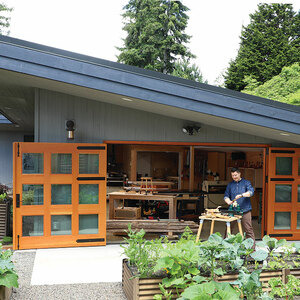
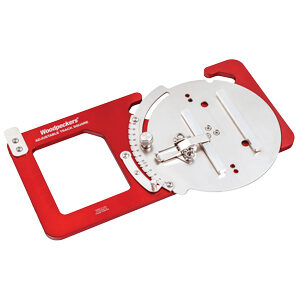






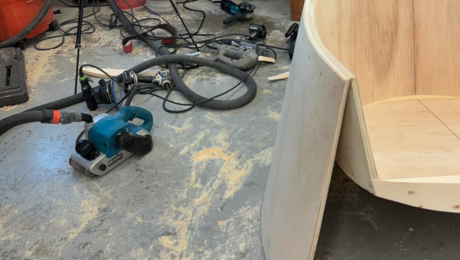
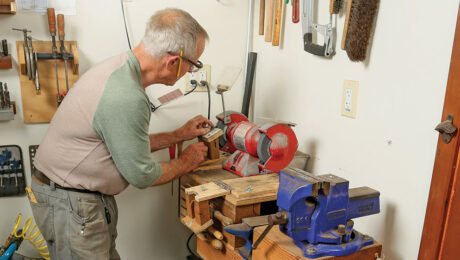








Comments
This is out of date and needs to be updated with LEDs and LUX and lumin
Log in or create an account to post a comment.
Sign up Log in